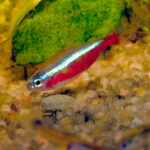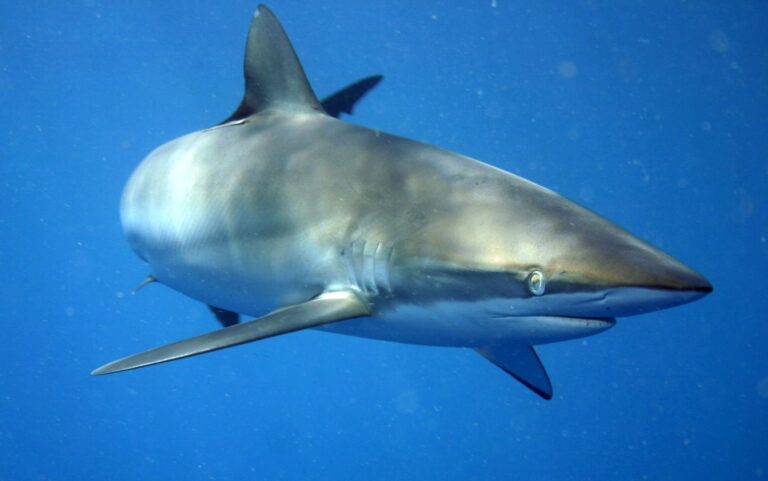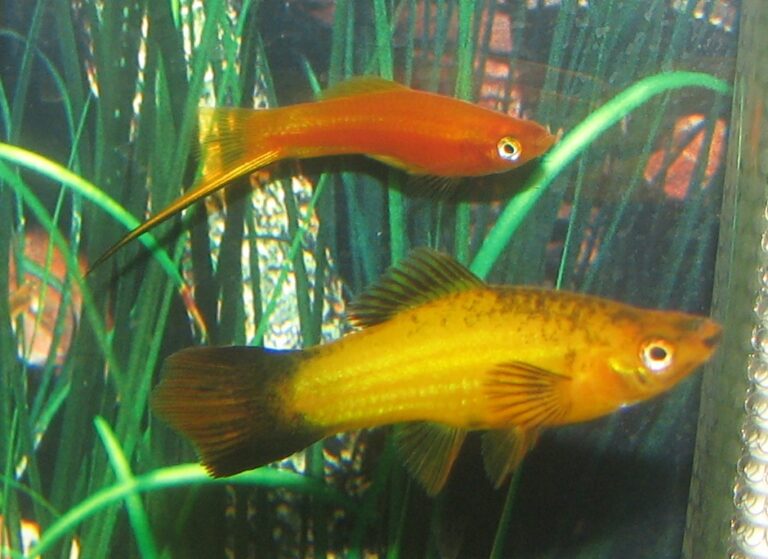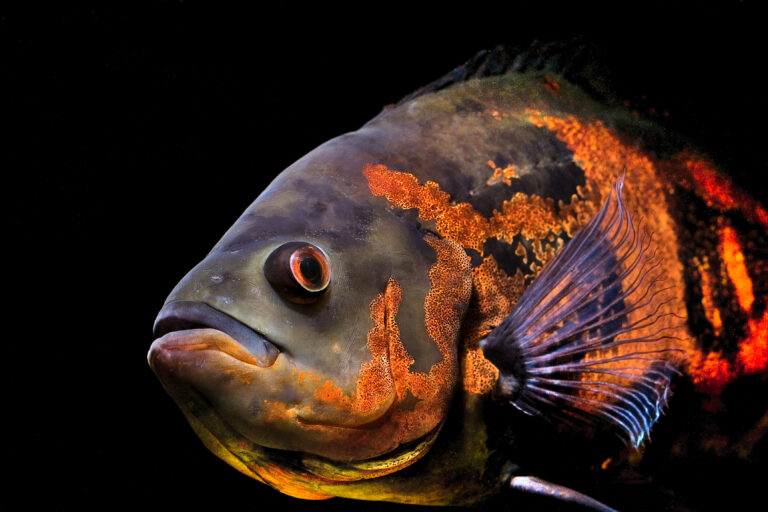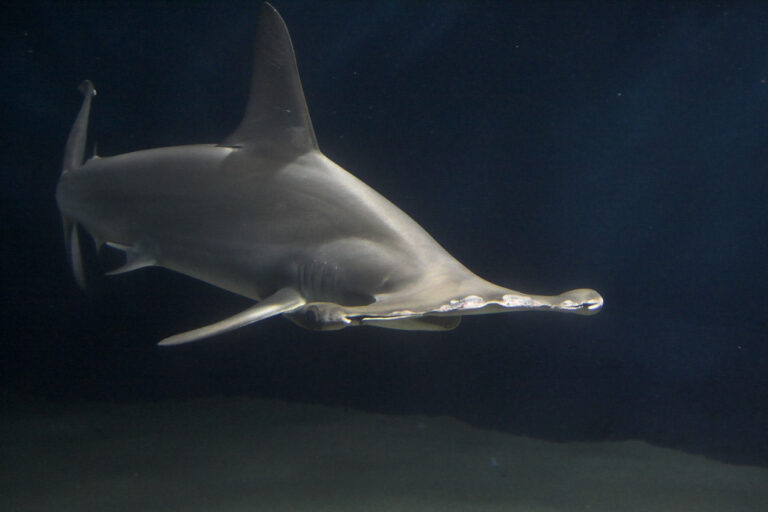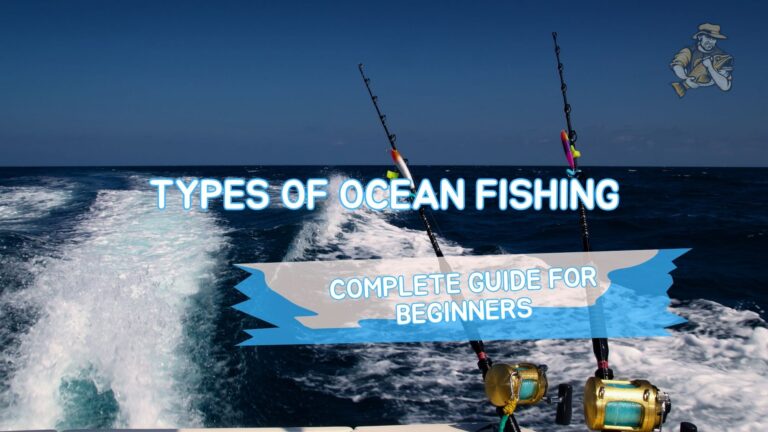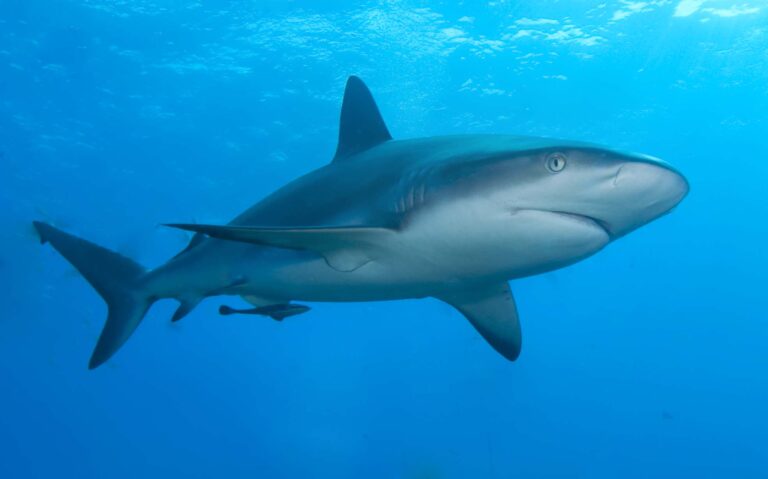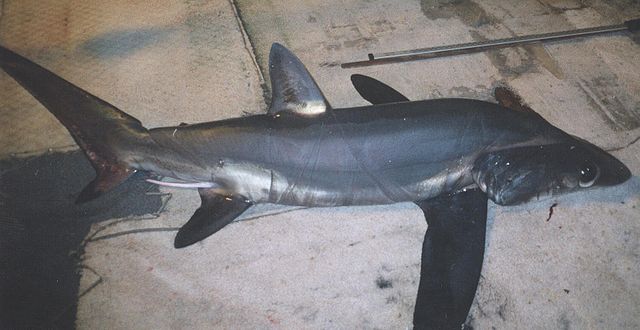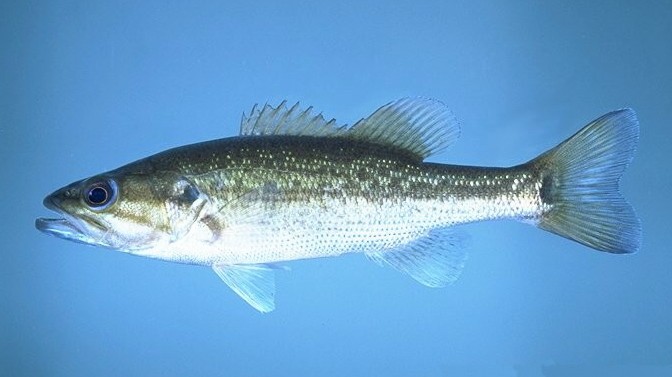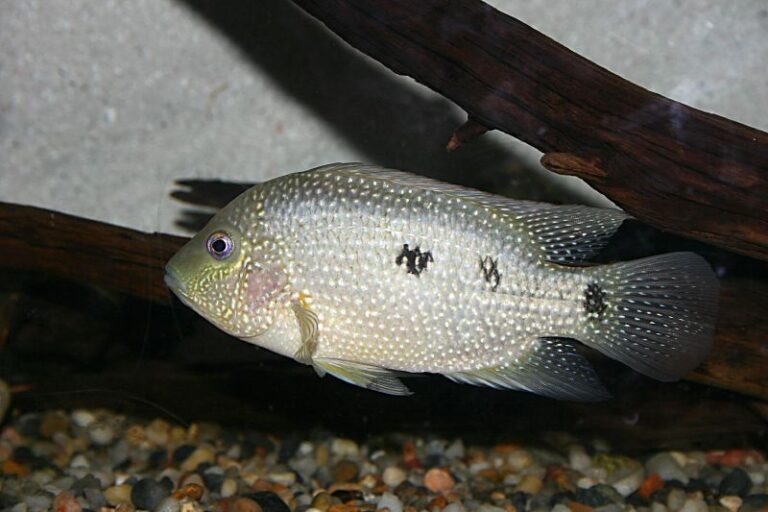Great White Shark
By Ryan Maron | Last Modified: July 8, 2025
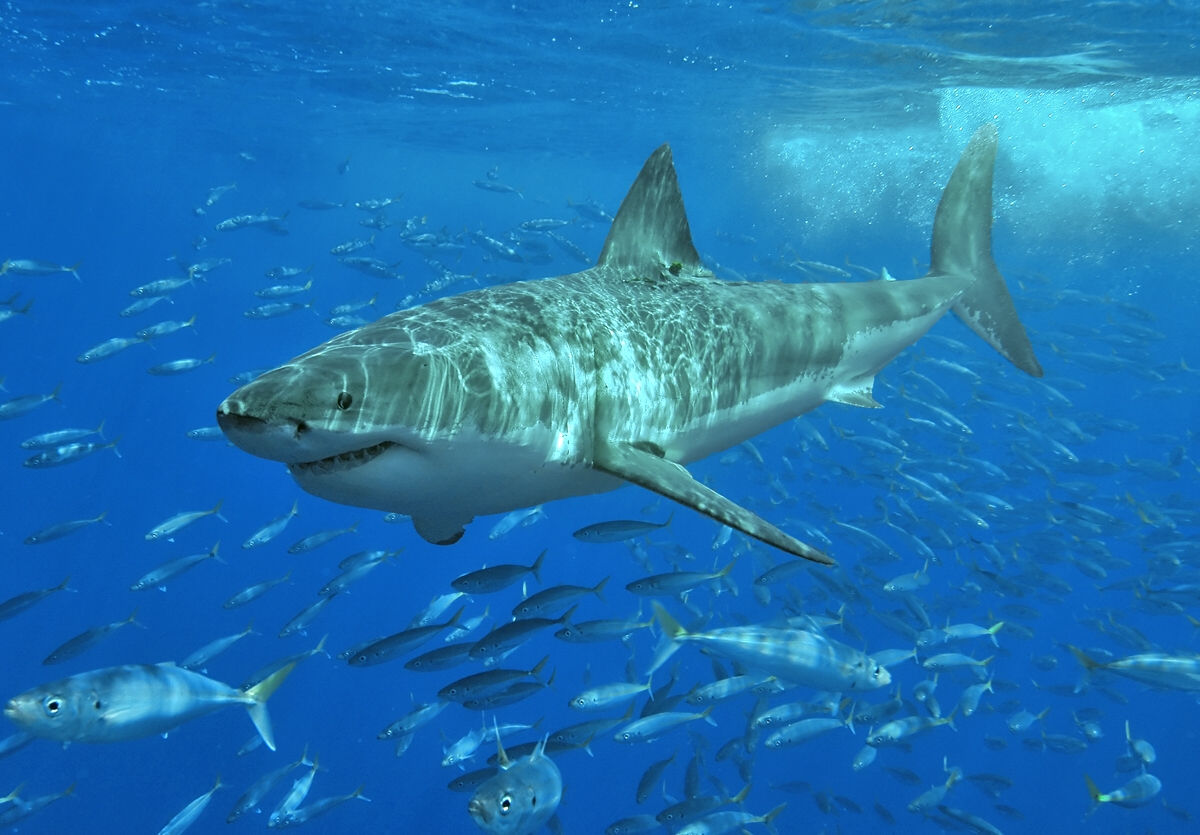
The Great White Shark (*Carcharodon carcharias*) stands as one of the ocean’s most formidable apex predators, commanding respect and fascination across marine ecosystems worldwide. This magnificent species represents the pinnacle of evolutionary adaptation, having survived for millions of years through remarkable physiological and behavioral traits that make it perfectly suited for life as a top-tier marine predator. The Great White Shark plays a crucial ecological role in maintaining the health of marine food webs by regulating populations of marine mammals, large fish, and other prey species. As a keystone species, its presence influences the behavior and distribution of numerous other marine organisms, creating cascading effects throughout the entire ecosystem. The species has also captured human imagination for decades, becoming both a symbol of oceanic power and a focus of conservation efforts as populations face increasing pressure from human activities.
| Feature | Details |
|---|---|
| Common Name | Great White Shark |
| Scientific Name | Carcharodon carcharias |
| Family | Lamnidae |
| Typical Size | 360-600 cm (12-20 ft), 680-1100 kg (1500-2400 lbs) |
| Habitat | Coastal and pelagic waters |
| Diet | Marine mammals, large fish, seabirds |
| Distribution | Global temperate and subtropical waters |
| Conservation Status | Vulnerable |
Taxonomy & Classification
The Great White Shark belongs to the family Lamnidae, commonly known as mackerel sharks, which includes some of the ocean’s most powerful and fastest swimming species. Within this family, *Carcharodon carcharias* represents the sole surviving member of the genus Carcharodon, making it a unique evolutionary lineage. The species was first scientifically described by Carl Linnaeus in 1758, though its classification has undergone several revisions as our understanding of shark phylogeny has evolved.
The Lamnidae family is characterized by their warm-blooded physiology, a trait that sets them apart from most other shark species. This taxonomic group includes other notable species such as the mako sharks and porbeagle sharks, all sharing similar adaptations for high-speed swimming and active predation. The Great White Shark’s closest living relatives are believed to be the mako sharks, with genetic studies suggesting these species diverged approximately 40-50 million years ago.
Fossil evidence indicates that the Great White Shark lineage has ancient origins, with ancestors dating back to the Miocene epoch. The species has maintained remarkable evolutionary stability, suggesting that its morphological and physiological adaptations have been highly successful. Modern genetic analysis has revealed that Great White Shark populations worldwide show relatively low genetic diversity compared to other shark species, indicating potential population bottlenecks in their evolutionary history.
Physical Description
The Great White Shark exhibits a robust, torpedo-shaped body perfectly adapted for high-speed pursuit of prey. Adult females typically grow larger than males, reaching lengths of 4.5-6.4 meters (15-21 feet), while males generally measure 3.4-4.0 meters (11-13 feet). The largest confirmed specimens have exceeded 6 meters in length, though reports of larger individuals remain unverified. Their weight can range from 680 to 1,100 kilograms (1,500-2,400 pounds) for mature adults.
The species derives its common name from its distinctive white ventral surface, which contrasts sharply with the dark gray to blue-gray dorsal coloration. This counter-shading provides excellent camouflage when viewed from above or below, making the shark nearly invisible against both the ocean floor and the bright surface waters. The coloration gradually transitions from the dark dorsal surface to the white belly, creating an effective optical illusion that aids in hunting.
The Great White Shark’s most iconic feature is its massive triangular teeth, which are serrated along the edges and can measure up to 7.5 centimeters (3 inches) in length. These teeth are continuously replaced throughout the shark’s lifetime, with individuals shedding thousands of teeth over their lifespan. The powerful jaws can exert a bite force of up to 1.8 tons per square inch, making them among the most powerful bites in the animal kingdom.
The species possesses a unique physiological adaptation called regional endothermy, allowing it to maintain body temperatures 10-15 degrees Celsius above ambient water temperature. This warm-blooded capability is facilitated by a specialized circulatory system that includes a rete mirabile, a network of blood vessels that acts as a heat exchanger. This adaptation enables Great White Sharks to hunt effectively in cooler waters and maintain high activity levels across a wide range of temperatures.
Habitat & Distribution
Great White Sharks inhabit coastal and pelagic waters throughout temperate and subtropical regions of the world’s oceans. Their distribution spans from approximately 60°N to 60°S latitude, with notable populations found along the coasts of California, South Africa, Australia, and the Mediterranean Sea. These sharks prefer water temperatures between 12-24°C (54-75°F), though their endothermic capabilities allow them to venture into cooler waters when following prey migrations.
The species demonstrates remarkable habitat plasticity, utilizing both nearshore and offshore environments depending on life stage and seasonal patterns. Juvenile Great White Sharks typically inhabit shallow coastal waters, bays, and estuaries where they find abundant prey and refuge from larger predators. As they mature, these sharks expand their range into deeper waters and may undertake extensive oceanic migrations covering thousands of kilometers.
Adult Great White Sharks are known to frequent areas with high prey density, particularly around seal and sea lion colonies. Important aggregation sites include the Farallon Islands off California, Seal Island near Cape Town, and the Neptune Islands off South Australia. These locations provide predictable feeding opportunities and have become focal points for research and ecotourism activities.
The species exhibits seasonal migration patterns, with individuals traveling between feeding and breeding areas. Satellite tagging studies have revealed that some Great White Sharks undertake transoceanic migrations, traveling from coastal areas to the open ocean and back. These migrations appear to be linked to reproductive cycles, prey availability, and thermal preferences. The White Shark Cafe, an area in the North Pacific between Hawaii and California, has been identified as an important oceanic habitat where sharks may engage in foraging or mating behaviors.
Diet & Feeding Behavior
The Great White Shark’s diet varies significantly with age and size, reflecting changes in hunting capabilities and prey availability. Juvenile sharks primarily consume bony fish, rays, and smaller sharks, while adults shift to a diet dominated by marine mammals, particularly pinnipeds such as seals and sea lions. This ontogenetic dietary shift typically occurs when sharks reach approximately 3-4 meters in length, corresponding to the development of sufficient jaw strength and swimming speed to tackle large prey.
Adult Great White Sharks are opportunistic apex predators that employ various hunting strategies depending on prey type and environmental conditions. The species is famous for its spectacular breaching behavior when attacking seals, launching their entire body out of the water with tremendous force. This ambush technique, primarily observed in South African waters, involves approaching prey from below at high speed, often resulting in successful captures before the prey can react.
The sharks’ feeding behavior is characterized by calculated approaches and powerful strikes. When hunting marine mammals, Great White Sharks typically deliver a massive initial bite and then retreat, allowing the prey to weaken from blood loss before returning to consume it. This strategy minimizes the risk of injury from struggling prey while maximizing energy efficiency. The sharks’ serrated teeth are perfectly adapted for this feeding style, capable of inflicting severe wounds and removing large chunks of flesh.
Feeding frequency varies considerably among individuals and seasons, with adult Great White Sharks capable of surviving extended periods without food. Research suggests that large adults may consume substantial meals infrequently, potentially feeding only once every several weeks or months. This feeding pattern reflects the high energy content of marine mammal prey and the sharks’ efficient metabolism. The species has been observed consuming a variety of prey items, including elephant seals, sea lions, dolphins, large fish, sea turtles, and even whale carcasses.
Behavior & Adaptations
Great White Sharks exhibit complex behavioral patterns that reflect their position as apex predators in marine ecosystems. The species demonstrates remarkable intelligence and adaptability, with individuals showing learning capabilities and memory retention that enable them to exploit prey resources effectively. Their behavior varies significantly across different life stages, geographic regions, and seasonal cycles.
Social behavior in Great White Sharks is more complex than previously understood, with recent research revealing temporary aggregations and potential dominance hierarchies. While generally considered solitary hunters, sharks may gather in areas with abundant food resources, where they establish social structures based on size and dominance. Larger individuals typically have priority access to feeding opportunities, while smaller sharks may exhibit submissive behaviors to avoid conflict.
The species’ sensory adaptations are among the most sophisticated in the animal kingdom. Great White Sharks possess an exceptional sense of smell, capable of detecting blood and other chemical cues at extremely low concentrations. Their lateral line system allows them to detect water movements and pressure changes, while electroreception through ampullae of Lorenzini enables them to sense the electrical fields generated by living organisms. These sensory capabilities combine to create a highly effective predatory system.
Thermoregulation represents one of the most remarkable adaptations of Great White Sharks. Their ability to maintain elevated body temperatures through counter-current heat exchange allows them to remain active in cooler waters and enhances their metabolic efficiency. This adaptation provides significant advantages in terms of swimming speed, digestion, and neural function, contributing to their success as apex predators across diverse marine environments.
The species exhibits site fidelity to certain locations, with individuals returning to specific areas repeatedly over multiple years. This behavior suggests strong spatial memory and indicates that particular habitats provide essential resources for survival and reproduction. Long-term tracking studies have revealed that some sharks maintain territories or home ranges, though these areas may be quite extensive and encompass multiple habitat types.
Reproduction & Life Cycle
Great White Shark reproduction is characterized by slow maturation rates and low reproductive output, typical of large shark species. Sexual maturity occurs relatively late in life, with males reaching reproductive age at approximately 9-10 years and females at 12-18 years. This extended juvenile period reflects the species’ K-selected life strategy, emphasizing survival over rapid reproduction.
The reproductive cycle follows an ovoviviparous pattern, where eggs develop internally within the female’s body. Gestation periods are estimated to last 11-12 months, though some studies suggest it may extend up to 18 months. During development, embryos practice intrauterine cannibalism, where the largest embryo consumes smaller siblings and unfertilized eggs, a phenomenon known as oophagy. This process ensures that only the strongest offspring survive to birth.
Female Great White Sharks typically give birth to 2-10 pups, though litter sizes of 2-4 are most common. Newborn sharks measure approximately 1.2-1.5 meters (4-5 feet) in length and are immediately independent, receiving no parental care after birth. The large size of newborn sharks reflects the extended developmental period and provides them with significant advantages in survival and prey capture abilities.
Reproductive intervals are believed to be 2-3 years, though this aspect of Great White Shark biology remains poorly understood due to the difficulty of studying these animals in their natural environment. The combination of late maturation, low reproductive output, and extended reproductive intervals makes Great White Shark populations particularly vulnerable to overexploitation and environmental changes.
Nursery areas play a crucial role in the species’ life cycle, providing juvenile sharks with abundant prey and protection from larger predators. These areas are typically located in shallow coastal waters, bays, and estuaries where water temperatures are relatively warm and food resources are plentiful. The identification and protection of nursery habitats are essential for the conservation of Great White Shark populations worldwide.
Predators & Threats
Adult Great White Sharks face few natural predators due to their position as apex predators, though they may occasionally fall victim to killer whales (orcas) in certain regions. Recent documented cases off the coast of South Africa have shown orcas specifically targeting Great White Sharks, extracting their nutrient-rich livers while leaving the rest of the carcass. This predation has been observed to cause temporary displacement of shark populations from traditional feeding areas.
Juvenile Great White Sharks are more vulnerable to predation, facing threats from larger sharks, including adult Great Whites, as well as other large predatory fish. The species’ early life stages are particularly susceptible to predation pressure, which has influenced their evolution toward larger birth sizes and the development of nursery areas in relatively protected coastal waters.
The primary threats to Great White Shark populations stem from human activities. Commercial and recreational fishing operations pose significant risks, both through targeted fishing and accidental capture as bycatch. The species’ slow growth rate and low reproductive output make populations particularly vulnerable to overexploitation. Historically, Great White Sharks were heavily targeted for their jaws, teeth, and fins, leading to population declines in many regions.
Climate change represents an emerging threat to Great White Shark populations through its effects on prey distribution, ocean temperature patterns, and habitat availability. Changes in sea surface temperatures may alter the distribution of prey species, forcing sharks to modify their migration patterns and potentially reducing access to traditional feeding areas. Ocean acidification and changing currents could also impact the marine ecosystems that support Great White Shark prey species.
Habitat degradation and coastal development threaten important nursery areas and feeding grounds. Pollution, particularly plastic debris and chemical contaminants, poses additional risks to shark health and reproduction. Bioaccumulation of toxins through the food chain can reach dangerous levels in apex predators like Great White Sharks, potentially affecting their immune systems, reproduction, and overall health.
Human-shark interactions, while relatively rare, can result in retaliatory killing and negative public perception that complicates conservation efforts. Despite their fearsome reputation, Great White Sharks are responsible for very few human fatalities annually, with most encounters being cases of mistaken identity or investigative behavior rather than predatory attacks.
Conservation Status
The Great White Shark is currently classified as Vulnerable on the IUCN Red List of Threatened Species, reflecting concerns about population declines and ongoing threats to the species’ survival. This classification indicates that the species faces a high risk of extinction in the wild unless current threats are addressed through effective conservation measures. Population assessments remain challenging due to the species’ wide distribution, low population densities, and the difficulty of conducting comprehensive surveys.
Regional population studies have revealed varying conservation statuses across different geographic areas. Some populations, particularly those in heavily fished regions, show signs of significant decline, while others appear more stable. The Mediterranean population is considered particularly vulnerable, with some estimates suggesting severe population reductions over the past several decades. In contrast, populations along the coasts of Australia and South Africa may be more stable, though they still face ongoing pressures.
International conservation efforts have led to the inclusion of Great White Sharks in various protective agreements and regulations. The species is listed in Appendix II of the Convention on International Trade in Endangered Species of Wild Fauna and Flora (CITES), which regulates international trade in shark products. Additionally, the species is protected under the Convention on the Conservation of Migratory Species of Wild Animals (CMS), recognizing its status as a highly migratory species requiring international cooperation for conservation.
Many countries have implemented specific protection measures for Great White Sharks, including complete fishing bans, seasonal closures, and size restrictions. Australia, South Africa, the United States, and several European nations have established comprehensive protection programs that prohibit the capture, killing, or harassment of Great White Sharks. These measures represent important steps toward population recovery, though enforcement remains challenging in many regions.
Marine protected areas have been established in several key habitats to protect critical feeding and nursery areas. These protected zones help ensure that sharks have access to essential resources while reducing human-induced mortality. However, the highly migratory nature of Great White Sharks means that effective conservation requires coordination across multiple jurisdictions and international waters.
Research and monitoring programs continue to provide essential data for conservation planning and population assessments. Satellite tagging studies, genetic analyses, and photographic identification databases contribute to our understanding of population structure, migration patterns, and demographic trends. This information is crucial for developing effective conservation strategies and assessing the success of protection measures.
Human Interaction
Great White Sharks have captured human imagination for decades, becoming one of the most recognized and feared predators in popular culture. This reputation, largely shaped by media portrayals and sensationalized accounts of shark attacks, has created a complex relationship between humans and these apex predators. While attacks on humans are extremely rare, with fewer than 10 confirmed unprovoked attacks globally each year, the species’ fearsome reputation persists.
The majority of Great White Shark encounters with humans occur in coastal waters where recreational activities such as surfing, swimming, and diving overlap with shark habitat. Most incidents are believed to be cases of mistaken identity, where sharks mistake humans for their natural prey, particularly seals. The species’ investigative behavior, involving exploratory bites, unfortunately often results in serious injuries due to the sharks’ powerful jaws and sharp teeth.
Ecotourism has emerged as a significant positive interaction between humans and Great White Sharks, providing economic incentives for conservation while educating the public about these magnificent predators. Cage diving operations in South Africa, Australia, and other locations allow people to observe sharks in their natural environment, fostering appreciation and understanding. These activities generate substantial revenue for local communities and support conservation research efforts.
The practice of shark cage diving has generated some controversy, with concerns about potential behavioral modifications and conditioning of sharks to associate humans with food. However, scientific studies have generally found minimal long-term effects when operations follow proper protocols. The economic value of live sharks for ecotourism often exceeds their value as fisheries products, providing strong economic arguments for conservation.
Scientific research involving Great White Sharks has provided invaluable insights into their behavior, physiology, and ecology. Researchers employ various techniques including satellite tagging, acoustic monitoring, and genetic sampling to study these elusive predators. This research has revolutionized our understanding of shark biology and has been instrumental in developing effective conservation strategies.
The species plays important cultural roles in many coastal communities, featuring in traditional stories, art, and spiritual beliefs. Indigenous cultures often view sharks as powerful spiritual beings deserving of respect and protection. These cultural perspectives provide additional motivation for conservation efforts and highlight the importance of incorporating traditional knowledge into modern conservation planning.
Interesting Facts
Great White Sharks possess several remarkable characteristics that distinguish them from other marine predators. Their bite force of up to 1.8 tons per square inch ranks among the strongest in the animal kingdom, yet they have been observed to bite objects gently during investigative behavior, demonstrating remarkable control over their jaw muscles. This ability to modulate bite force allows them to explore their environment without damaging sensitive electroreceptors in their snouts.
The species exhibits an extraordinary ability to breach completely out of the water when attacking prey, a behavior most commonly observed in South African waters. These spectacular leaps can propel sharks up to 3 meters (10 feet) above the water surface, showcasing their incredible power and speed. The physics of breaching requires sharks to accelerate to speeds of approximately 40 kilometers per hour (25 miles per hour) while approaching from depths of 30 meters or more.
Great White Sharks have been recorded diving to depths exceeding 1,200 meters (4,000 feet), demonstrating their ability to exploit deep-water environments. These deep dives may be related to foraging behavior, thermoregulation, or navigation, though the exact purposes remain subjects of ongoing research. The species’ ability to withstand the pressure changes associated with such dramatic depth changes reflects remarkable physiological adaptations.
The sharks’ electroreception capabilities are so sensitive that they can detect electrical fields as weak as 0.005 microvolts per centimeter, equivalent to the electrical field generated by a single flashlight battery connected to electrodes positioned 1,600 kilometers apart in the ocean. This extraordinary sensory ability allows them to detect the heartbeat of a fish hiding in the sand and may play a role in navigation across vast ocean distances.
Individual Great White Sharks can be identified through unique characteristics such as fin shape, scarring patterns, and coloration. Long-term photographic databases have enabled researchers to track individual sharks over periods exceeding 20 years, providing insights into longevity, site fidelity, and population dynamics. Some well-known individuals have become celebrities in their own right, with dedicated followings among researchers and shark enthusiasts.
The species’ teeth are continuously replaced throughout their lifetime, with individuals potentially shedding over 35,000 teeth during their lifespan. These teeth fossilize well due to their high mineral content, making them among the most commonly found shark fossils. The study of modern and fossil teeth has provided valuable insights into the evolution and feeding ecology of Great White Sharks and their ancestors.
Frequently Asked Questions
How long do Great White Sharks live?
Great White Sharks are remarkably long-lived, with recent studies suggesting lifespans of 70 years or more. Determining age in sharks is challenging because they lack hard structures like otoliths found in bony fish. Scientists use radiocarbon dating of vertebrae and analysis of growth bands to estimate age, though these methods continue to be refined as new techniques are developed.
How fast can Great White Sharks swim?
Great White Sharks can reach burst speeds of up to 56 kilometers per hour (35 miles per hour) when attacking prey or pursuing fast-moving targets. Their typical cruising speed is much slower, around 3-5 kilometers per hour (2-3 miles per hour), which allows them to conserve energy while patrolling their territory. The species’ speed capabilities are enhanced by their streamlined body shape and powerful tail fin.
Are Great White Sharks warm-blooded?
Great White Sharks are regionally endothermic, meaning they can maintain certain body parts at temperatures above ambient water temperature. This partial warm-bloodedness allows them to keep their brain, eyes, and swimming muscles warm, enhancing their hunting efficiency in cooler waters. However, they are not fully warm-blooded like mammals and birds, as they cannot regulate their entire body temperature independently of their environment.
How many teeth do Great White Sharks have?
A Great White Shark typically has 300 teeth at any given time, arranged in multiple rows with approximately 50 teeth in the front row. Behind the functional front teeth are several rows of replacement teeth that move forward as older teeth are lost. Sharks can lose several teeth per week and may replace thousands of teeth throughout their lifetime, ensuring they always have sharp, functional teeth for hunting.
Conclusion
The Great White Shark represents one of nature’s most perfectly evolved predators, embodying millions of years of adaptation to life as an apex marine predator. As a keystone species, these magnificent sharks play an essential role in maintaining the health and balance of marine ecosystems worldwide. Their current vulnerable conservation status underscores the urgent need for continued protection and research efforts to ensure their survival for future generations. Understanding and protecting Great White Sharks is not only crucial for their own survival but also for the overall health of the ocean ecosystems they help regulate.
Share The Article:
More Fish Species:
-
Crown Tail Betta
The Crown Tail Betta stands as one of aquaculture’s most distinctive ornamental fish, renowned for its dramatically elongated, spiky…
-
Silky Shark
The Silky Shark represents one of the most widespread and ecologically significant requiem sharks in tropical and subtropical waters…
-
Swordtail Fish
The Swordtail Fish (Xiphophorus hellerii) stands as one of the most recognizable and beloved species in the aquarium trade,…
-
Oscar Fish
The Oscar Fish (*Astronotus ocellatus*) stands as one of South America’s most recognizable freshwater cichlids, earning widespread recognition both…
-
Ranchu Goldfish
The Ranchu Goldfish represents one of the most distinctive and culturally significant ornamental fish varieties in the aquatic world….
-
Dalmatian Molly
The Dalmatian Molly stands as one of the most recognizable and beloved freshwater aquarium fish, distinguished by its striking…
Discover
-
Hammerhead Shark
The Hammerhead Shark represents one of the most distinctive and fascinating apex predators in marine ecosystems worldwide. These remarkable…
-
Types of Ocean Fishing: Complete Guide for Beginners
There’s something magical about standing at the edge of the vast ocean with a fishing rod in hand. I’ve…
-
Night Fishing for Beginners: Expert Techniques That Actually Work
My first night fishing trip was an absolute disaster. Picture this – fifteen-year-old me, armed with a rusty flashlight…
-
Caribbean Reef Shark
The Caribbean Reef Shark (*Carcharhinus perezi*) stands as one of the most recognizable and ecologically significant predators patrolling the…
-
Bigeye Thresher Shark
The Bigeye Thresher Shark represents one of the ocean’s most extraordinary predators, distinguished by its dramatically elongated tail fin…
-
Best Fishing Lures for Walleye: Pro Secrets You Won’t Believe
Let me tell you something about walleye fishing that most anglers get completely wrong. After 30+ years of chasing…
Discover
-
Croaker Fishing Secrets: Why Most Anglers Miss the Big Ones
Croaker fishing might seem straightforward, but there’s more to catching these tasty fighters than most weekend anglers realize. I’ve…
-
Spotted Bass
The Spotted Bass (Micropterus punctulatus) stands as one of North America’s most distinctive freshwater game fish, renowned for its…
-
Texas Cichlid
The Texas Cichlid (Herichthys cyanoguttatus) stands as one of North America’s most distinctive freshwater fish species, representing the sole…
-
Bubble Eye Goldfish
The Bubble Eye Goldfish stands as one of the most distinctive and recognizable varieties of ornamental goldfish, captivating aquarists…
-
Yellowfin VS Bluefin Tuna: Which Should You Target? (Expert Guide)
Let’s be honest – the first time I saw a yellowfin and bluefin tuna side by side at the…
-
King Mackerel Fishing: Top Strategies for Landing Smokers
Some days on the water just stick with you. Few things compare to that first time a king mackerel…




